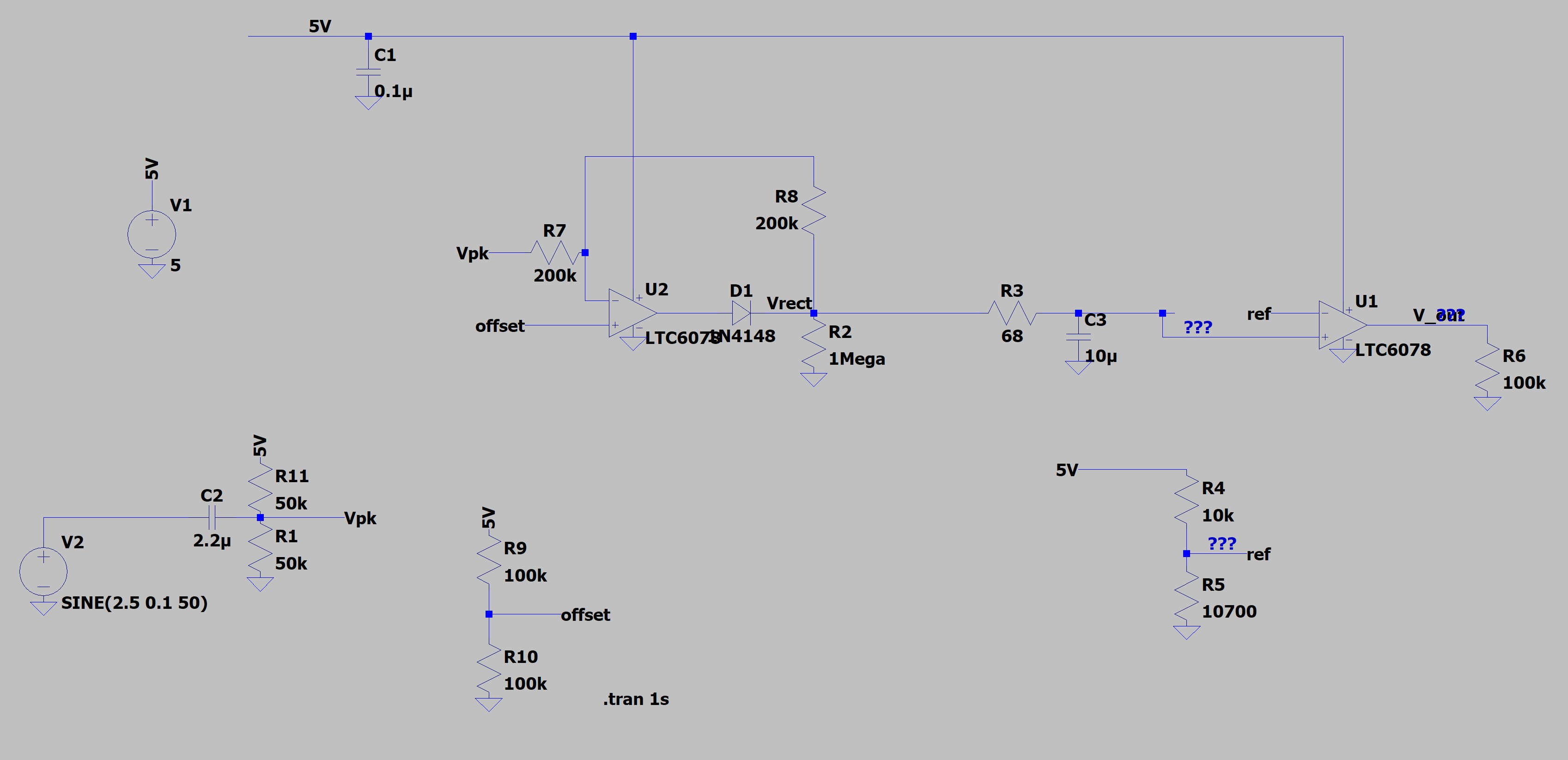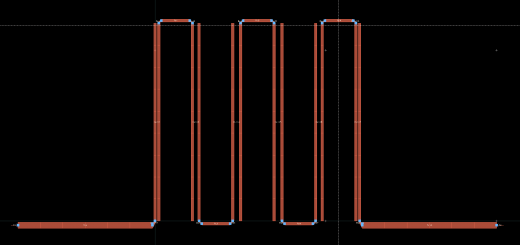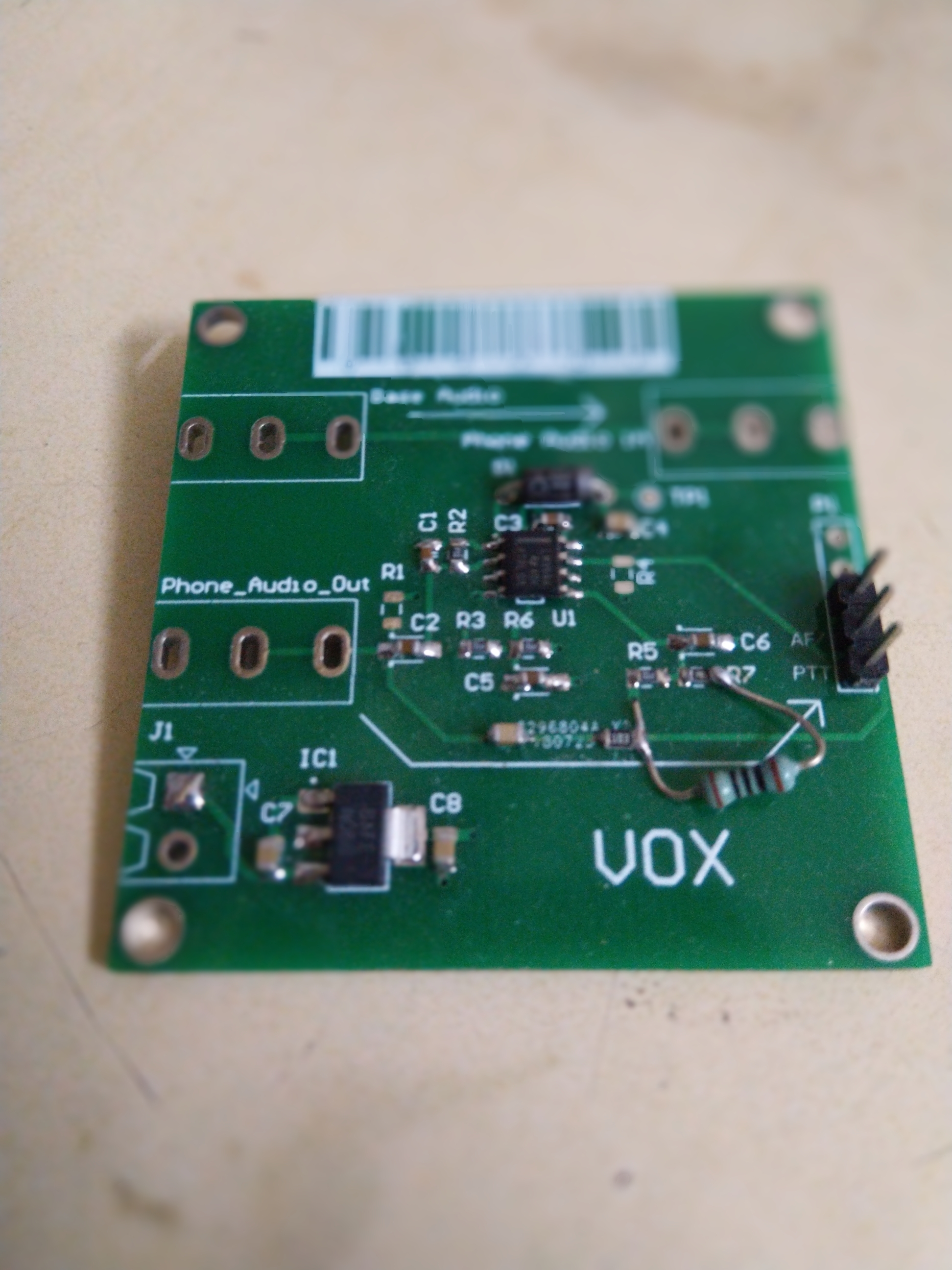ChatGPT to design circuits?
With AI making waves in every sector around the world, why should electronics engineers stay off the wagon? Can you really use ChatGPT to design circuits? A lot of electronics engineers slide off the idea of ever using AI for hardware design. So did I some time ago until I tried taking assistance from chatGPT for this particular project.
You must have heard about software engineers offloading a lot of their work onto AI coding assistants and agents. Plenty of companies around the world are increasing their dependence on AI some way or another. It’s suddenly become important to adopt AI and utilize effectively for enhancing productivity.
You will find plenty of tutorials on using AI assistants for programming and building software. Rightly so, it works extremely well in those kinds of tasks because of the sheer number of online communities that exist. They feed the AI with infinite information to learn from. Although the scenario changing. More and more forums are restricting access to AI web scrapers. On the other hand, electronics hardware design related communities and forums are few. It’s more difficult to get right answers to certain questions related to hardware design. Then there is the fear of getting bashed for asking silly or stupid questions. All of that can be avoided with chat assistants such as ChatGPT, Grok, Claude, Copilot, etc. So, how exactly would you use AI assistants such as ChatGPT to design circuits? In this article I share my little experience and perhaps it showed me the future of electronics design.
How do I design a circuit with AI Assistance?
A couple of weeks ago I was working on a current triggered relay for a personal project of mine. It was a problem which stuck with me, and I had to overcome it all in the analog domain. The task would have been much easier to tackle with a microcontroller and a few lines of code which obviously I would have asked some AI assistant to make. Keeping the digital solution aside, I decided to go with an analog approach.
Know what you want!
For the current sensor, I had ACS712 which uses a Hall effect sensor to sense AC current and produces a proportional AC voltage at the output. This AC voltage rides on top of a fixed 2.5V offset. I wanted to turn on another load when the sensed current crosses a certain threshold.
So, in my head I started planning out the circuit on paper. I needed to first convert the AC voltage to equivalent DC voltage. This is possible with a rectifier. However, the signal here is riding on a 2.5V fixed DC offset. Also, there is no negative supply, and everything needs to be on a single supply.
The ACS712 has a response of 100mV/A. A current of few tens of milliamperes would mean that sensed output voltage also stays in the mV range. Therefore, a simple diode rectifier won’t cut it. I need a precision rectifier that can rectify signals with few tens of mV amplitude.
Clearly define the constraints
How you describe your problem defines how well the AI assistant would respond to you. A vague query with very little information leaves a lot to assumption. If you want the AI assistant to serve you properly, you must also define each and every instruction clearly.
The prompt
I composed a prompt for chatGPT as follows:
Design a current detector with ACS712. The output of the ACS712 is AC voltage which has a response of 100mV/A. Convert the AC voltage to DC using precision rectifier which then triggers a comparator. I will be using this on a single supply of 5V. Suggest appropriate, low-cost components for the circuit.
The response
In response, chatGPT gave me a long overview of the solution including the suggestion for components.
To design a current detector circuit using the ACS712 current sensor, you’ll need:
- The ACS712 sensor module (typically 5A, 20A, or 30A version).
- A precision rectifier (superdiode) to convert the sensor’s AC voltage output to a DC level.
- A comparator to trigger a logic-level output when current exceeds a set threshold.
- All powered from +5V single supply.
Overview of the Circuit Stages
- Current Sensing (ACS712)
- Output is centered at 2.5V (Vcc/2).
- 100 mV/A sensitivity (for 5A version).
- Output is an AC voltage superimposed on 2.5V.
- AC Coupling & Precision Rectification
- High-pass filter to remove 2.5V offset.
- Precision full-wave rectifier to produce DC voltage proportional to current magnitude.
- Comparator Stage
- Compares DC output from rectifier with a set threshold (via potentiometer or voltage divider).
- Output is high (5V) or low (0V) depending on current threshold being crossed.
| Function | Component | Notes |
|---|---|---|
| Current Sensor | ACS712ELCTR-05B-T | 5A version, 100mV/A sensitivity |
| Op-Amp for Rectifier | MCP6002 | Dual, rail-to-rail, 1MHz, 5V operation |
| Comparator | LM393 | Dual comparator, open-collector, low power |
| Diodes | 1N4148 or BAT54 | BAT54 for lower forward drop if needed |
| Voltage Reference (optional) | TL431 or Resistor divider | For precise threshold voltage |
| Capacitors & Resistors | Standard 1% resistors and 100nF to 10uF caps | Used in filters and rectifier feedback |
Precision Rectifier Circuit (Full-Wave)
Use two op-amps from MCP6002 to build a precision full-wave rectifier:
- First op-amp: inverts and rectifies the input.
- Second op-amp: adds the original and rectified signals to get full-wave rectification.
- Output is a DC voltage proportional to the AC current magnitude.
📌 Tip: Because the ACS712 output is biased at 2.5V, use a high-pass filter (AC coupling capacitor + resistor) to remove the DC offset before feeding into the rectifier.
Comparator Stage
- Use LM393 with one input connected to the rectified DC signal.
- Other input is connected to a threshold set by:
- Potentiometer divider between 5V and GND.
- Or a fixed reference using TL431.
- Add hysteresis (via feedback resistor) to avoid output chatter.
Output
- LM393 output is open-collector, so add a pull-up resistor (e.g., 10kΩ to 5V).
- Logic output can be used to:
- Trigger microcontroller interrupt.
- Drive an LED or alarm.
- Control relay/transistor switch.
AC Load
|
ACS712 —-> [ AC Voltage Centered at 2.5V ]
|
+—> [ AC Coupling C1 + R1 (HPF) ] —> [ Precision Rectifier (MCP6002) ] —> [ Smoothed DC ]
|
v
[ Comparator (LM393) ]
|
Output Trigger
✅ Notes
- For low currents (<0.5A), ensure your rectifier op-amp and diode configuration has low forward drop (BAT54 + rail-to-rail op-amp).
- You can smooth the rectified signal with a low-pass filter (e.g., 10kΩ + 10µF).
✅ Optional Enhancements
- Add a small RC low-pass filter after the rectifier to reduce ripple.
- Add a clamping diode or TVS diode at the ACS712 input for protection.
- Use a low offset op-amp (e.g., TLV2372) if measuring very small currents (<200mA).
It further asks me if I want the full LTSpice simulation. To my surprise, chatGPT generated a full LTSpice netlist file for simulation. Without further waiting, I popped the file into LTSpice and tried to run the simulation. Apparently, it had failed at generating correct syntax and LTSpice could not load the file.
I did not bother trying to get chatGPT to generate the correct LTSpice file because it had already given me a head start with the components. So I went ahead and made my own LTSpice simulation based on the information I had received. For faster results, I used alternate components already present in the database.

With a little tweaking here and there, I had a working simulation that did what I wanted.

Access my chat click on this link
Conclusion
About three decades back, the computer entered our lives. For someone who doesn’t know how to use a computer quickly becomes an equivalent of illiterate by today’s standards. Over time, the computer became an inseparable part of our lives. This took a considerable time. On the contrary, AI is invading our lives on a fast-riding horse. Now, it’s up to us whether to welcome it or stay away from it.
If used correctly, AI assistance based on LLMs can definitely help electronics hardware designers produce well optimized circuit designs. It’s to our advantage to use it well and augment our capabilities.
Let me know in the comments if you would use ChatGPT to design circuits or whether you already do so.




Hi Salil,
I really enjoyed your article on using ChatGPT for circuit design. Your insights into AI-assisted electronics are impressive!
I’m Emily from PCBWay, I’d love to explore a pontential collaboration by sponsoring your project with free PCB prototpying.
A slight review would be greatly appreciated in return. Would you be interested in collaborating?